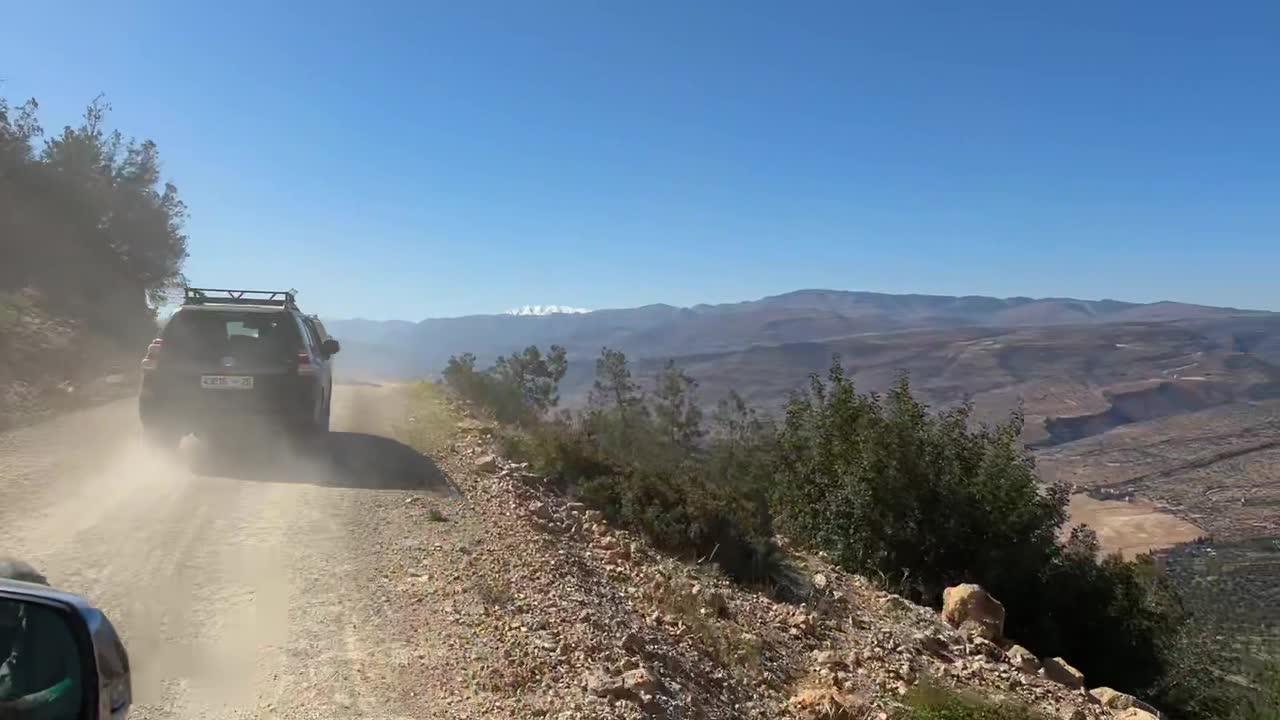
The Truth About Western Wolf Hunting A deep dive into one of the most controversial hunting discussions in America Predator hunting is a popular pursuit during the winter and in some areas of the Rocky Mountains, that includes the opportunity to hunt the gray wolf. Gray wolf hunting and trapping seasons have been open on and off across Idaho, Montana, and Wyoming for the past decade. These elusive apex predators are difficult to pursue, but they provide an exciting opportunity for hunters, as well as the opportunity help wildlife management agencies keep populations in check. Wolves trigger passionate emotions that lead to arguments both for and against hunting. And no matter how many years pass with wolf hunting seasons in place, they still make headlines with groups like the Humane Society of the United States and Defenders of Wildlife routinely pushing to have hunts shut down. Meanwhile, wildlife agencies maintain their positions that gray wolf populations are sustainable enough to
Post: 14 June 17:25
















































